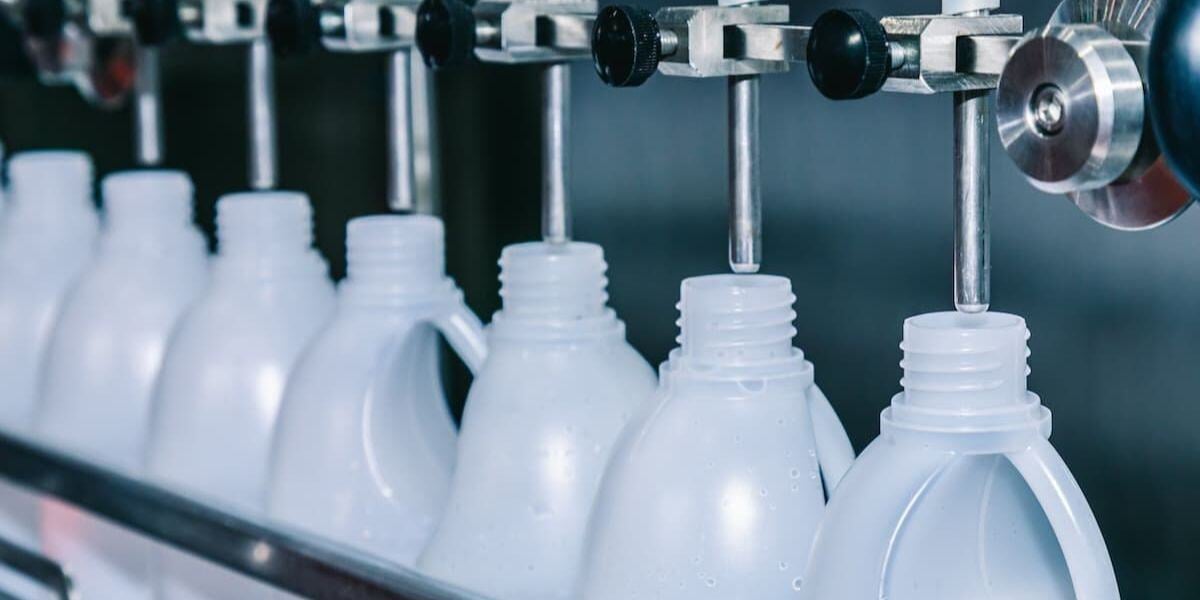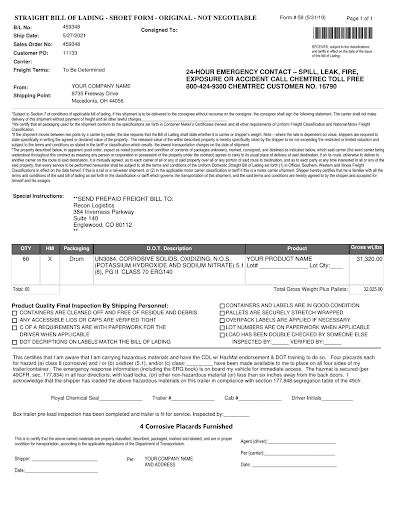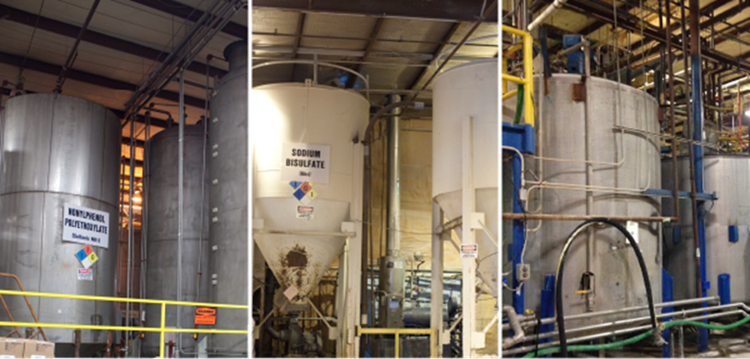
The Different Types of Caps & Triggers for Chemical Packaging
When it comes to packaging your product, the type of closure you choose is just as important as the container itself. After all, you want your product to be safe for transport and storage, right
Researching the nuances between each type is important, as it will give you a better understanding of which one is best for your particular needs.
What Are Common Types of Closures in Packaging?
When talking closures, we are referring to anything that goes on top of a jar or a bottle to prevent its contents from coming out. Now the types of closures, and ways they dispense, can vary a lot depending on what you are storing, how you would like the contents to come out and whether or not you need it to be tamper resistant. For example, a chemical substance that could be harmful if swallowed by children or pets generally requires a more secure closure than an item that poses no risk. Here are the most popular closures being used today.
Continuous Thread (CT) Closures
First up is one of the more common types, continuous thread closures are identical to what their name suggests. There is one thread that wraps around the neck of the container and another spiraling the other way on the inside of the simple closure. Picture a bottle of soda or a glass jar, when you twist in one direction you tighten the closure and the other to remove. There is no way to dispense the contents without fully removing the closure. These can range in size from 13mm to as large as 120mm.
Dispensing Closures
Another appropriately named closure is the dispensing closure. This type is made to make pouring or dispensing chemicals easier. Dispensing closures open to allow a small amount of the liquid or chemical to pour out. There are several different types of dispensing closures.
Twist Open/Twist Close
You likely have seen this closure on the top of a bottle of glue before. The user just has to simply twist the top for the tip to open up, allowing the contents to pour out, and then twist in the other direction to reseal the product.
Push/Pull
Similar to the twist open/twist close, this closure simply needs to be pulled upwards for it to open and pushed back down to close it back up. These are very popular on plastic reusable water bottles often used while playing sports.
Ribbon Applicator
The main purpose of a ribbon applicator is to dispense a neat and controlled “ribbon” which is when the product comes out in a wider, but thinner stream. This can be popular for crafting glue where the product needs to be dispensed very carefully.
Yorker Closure
A yorker is a two-piece closure; a spout and the piece that wraps around the tip of the spout. There is no thread, the top piece simply slips over the spout to cover the end. These are very commonly used with super glue.
Disc Top Cap
This closure is one often found on shampoo and conditioner bottles. It is when you push down on one side of the cap so that the other side with an opening pops up.
Turret or Spotted Cap
A turret, spotted or even poly top cap all mean that you can flip up a little dispenser and push back down to reseal.
Triggers
Triggers are a closure mechanism that is attached to a compatible container to allow the contents to disperse upon squeezing the finger handle on the trigger. These are extremely popular with common household cleaning products; you may have even heard them simply called “spray bottles.”
Triggers are almost always 28mm so they are compatible with containers across the board. Sometimes they are made smaller and are therefore referred to as “mini” triggers, these are significantly less popular.
So why would you choose a trigger sprayer? They have many benefits including being able to control how much of the product is being dispensed in addition to deciding how it will be dispensed.
Some spray bottles with triggers have the ability to vary their spray patterns. At the tip of the trigger is the nozzle where the contents are dispersed from, there will be a cube shaped end that can rotate. Depending on which side the nozzle is turned to will determine the flow. Common spray pattern variations include a jet stream, fine mist or the standard spray where the contents come out in a conical shape.
Triggers are much more complicated as they are composed of multiple components to build up the system to be able to dispense the contents. They are made from chemical resistant, high density polypropylene.
.jpg?width=600&name=RC%20-%20Types%20of%20Sprays-01%20(1).jpg)
Tamper-Evident Closures
The category of tamper-evident closures is actually quite extensive. Instead of encompassing just one design, the style is more of a category that includes any type of seal or closure that shows when a product has been opened. This is especially crucial during times after shipment or before it is purchased by the end user, as any tampering with the item can lead to chemical spills, leaks or even contamination of the product.
These can include vacuum sealed metal caps or by using closure liners. For safety purposes, many chemical and cleaning products require some form of child-resistant closures. A very popular form of this closure is on prescription bottles where you either must push down on the cap or squeeze in the sides at the same time you are twisting the cap in order to open the container.
Types of Liners
A cap liner is designed to help keep leaks from occurring after the lid is secured, which is extremely important when it comes to chemicals and other similar liquid substances. They can also signal that the material has been opened and potentially tampered with. Any closure can be lined or unlined. The contents of the container must be considered when choosing a liner as some are not chemical resistant nor create an airtight seal.
3-Ply or Polyethylene Foam
These two liners are very similar in that they are both made of compressible polyethylene foam for leak prevention. However, neither create an airtight seal. The two liners do have slightly different uses but both are generally used for household products.
Pressure Sensitive
A foam liner with one adhesive side that sticks to the container when pressure is applied. The liner will stay on the rim of the container after the closure is removed. They are not tamper resistant. These are commonly used for thick liquids, dry products or powders.
Induction
A special induction sealing machine is required to apply these liners. Made from layers of pulpboard, wax and foil, the liner is heated so that the wax melts and adheres to the container to create an airtight seal. Induction liners are primarily used for food, liquor, liquid products and pharmaceuticals.
Closure Materials
The most popular material that closures are made of is polypropylene or more commonly known as “plastic,” but metal and aluminum are also used. Capping material specifications rely on the contents of the container. In the food market, metal is primarily used so that they can be vacuum sealed to create a “safety seal.” This is the pressure that keeps the lid tight until you open the jar, and the lid pops up when the pressure is gone. There is no way to restore the seal, therefore one will know that the container had been opened before.
The types of closures in packaging vary way beyond a simple screw on cap but if you stop and take a look around you will notice how many types of closures are on everyday items. But as mentioned, there are many different factors that come into play when decided what closure will be used, especially the contents of the container and the way it should be dispensed. So, make sure to take your time and consider all the distinct factors and you will end up with the perfect closure for your product.
Talk to an Expert
Streamline Your Chemical Manufacturing Process
Royal Chemical’s expertise in blending, packaging and shipping can save you time, reduce costs and deliver consistent results.














